BEAM:
Beam is a structural member that is acted upon by a system of external loads that acts transverse to its axis.

BENDING:
It implies the deformation of a bar produced by loads perpendicular to its axis as well as force couples acting in a plane of passing through the axis of the bar.
PLANE BENDING:
Beams are planar structures because all loads act in the plane of figure and all the deflections occur in the same plane, which is called the Plane of Bending.
If the plane of loading passes through one of the principal centroidal axes of inertia of the cross-section of the beam, the bending is said to be Plane or Direct.
OBLIQUE BENDING:
If the plane of loading does not pass through one of the principal centroidal axes of inertia of the cross-section of the beam, the bending is called Oblique Bending.
A beam is defined as structural member which is subjected to transverse shear load during its functionality.
Most of the structural members are represented by longitudinal axis because their length is very large as compared to the thickness.
TYPES OF LOADS:
- POINT LOAD:
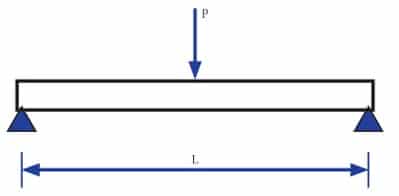
A point load or a concentrated load is one which is considered to act at a point. In actual practice, the load has to be distributed over a small area, because, such small knife edge contacts are generally neither possible nor desirable.
- DISTRIBUTED LOAD: A distributed load is one which is distributed or spread in some manner over the length of the member.
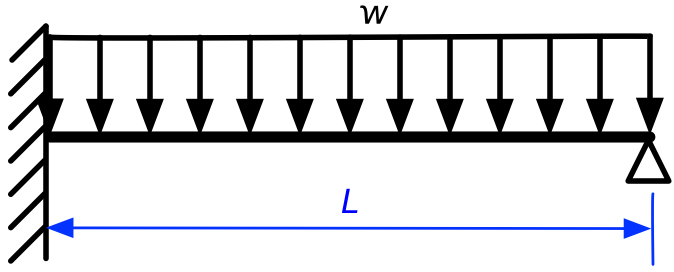 If the spread is uniform, it is said to be uniformly distributed load.
If the spread is uniform, it is said to be uniformly distributed load.
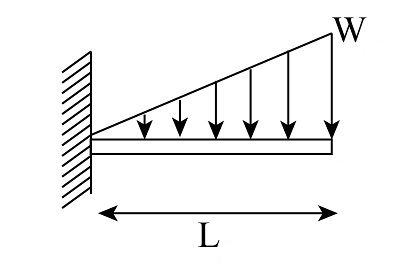
If the spread is not at uniform rate, it is said to be non-uniformly distributed load or uniformly varying load. Triangular and Trapezoidal distributed load fall under this category.
CLASSIFICATION OF BEAMS:
- CANTILEVER BEAM:
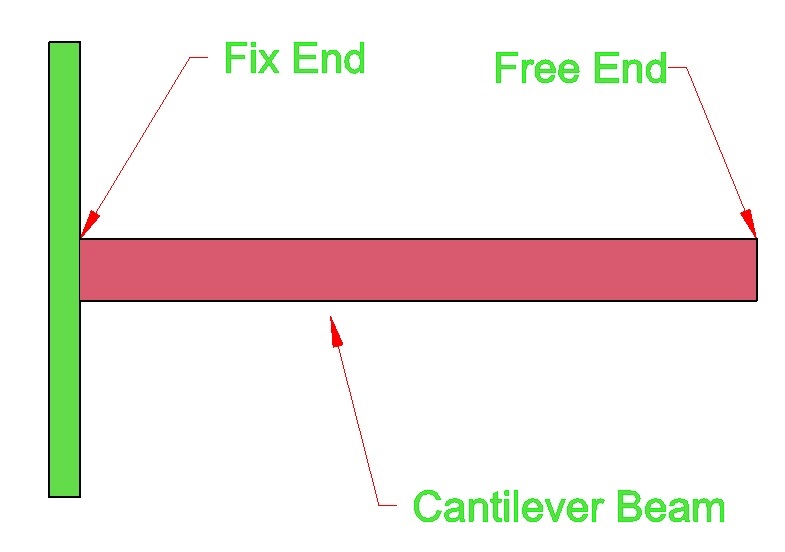
A cantilever is a beam whose one end is fixed and the other end free. 
- SIMPLY SUPPORTED BEAM:
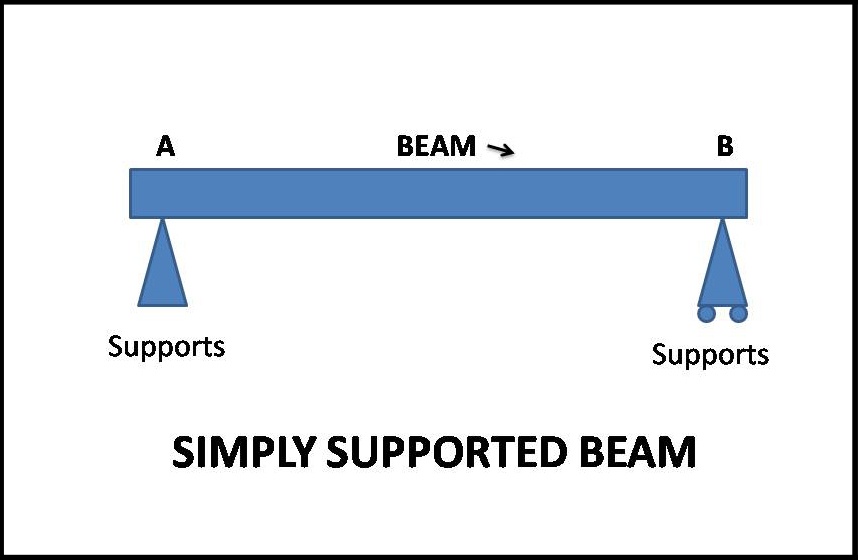
A simply supported beam is one whose ends freely rests on walls or column or knife edges.
- OVERHANGING BEAM:
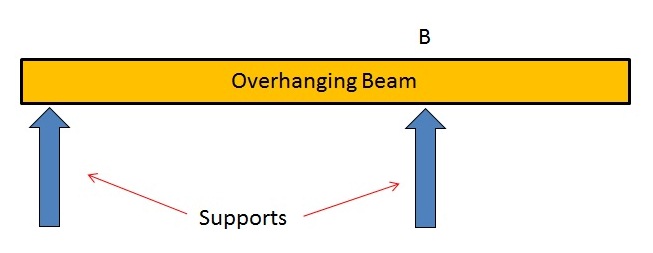
An overhanging beam is one in which the supports are not situated at the ends i.e. one or both the ends project beyond the supports.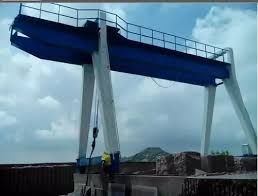
- FIXED BEAM:
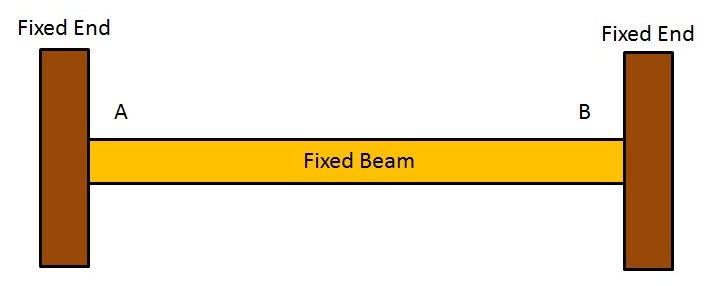
A fixed beam is one whose both ends are rigidly fixed or built in into its supporting walls or columns.
- CONTINUOUS BEAM:

A continuous beam is one which has more than two supports. The supports at the extreme end and right are called the end supports and all the other supports, except the extreme, are called Intermediate Supports.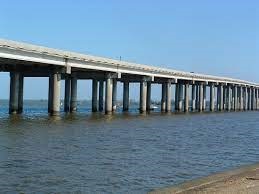
SUPPORTS:
Support in a structure is a member which helps others member to resist loads. Supports in a structure transfers the load to the ground and provides stability to the structure supported on it.
TYPES OF SUPPORTS:
- HINGED SUPPORT:
Pinned support or hinged support can resists both vertical and horizontal forces but they cannot resist moment. It means hinged support is restrained against translations.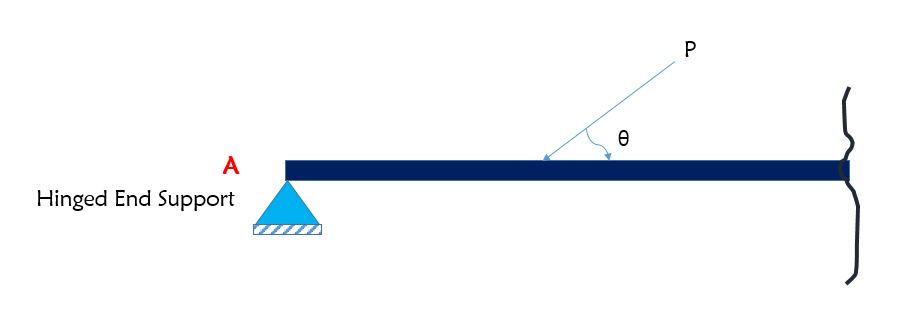 Vertical and Horizontal translations are restricted, only rotation is permissible that why it has two reactions.
Vertical and Horizontal translations are restricted, only rotation is permissible that why it has two reactions.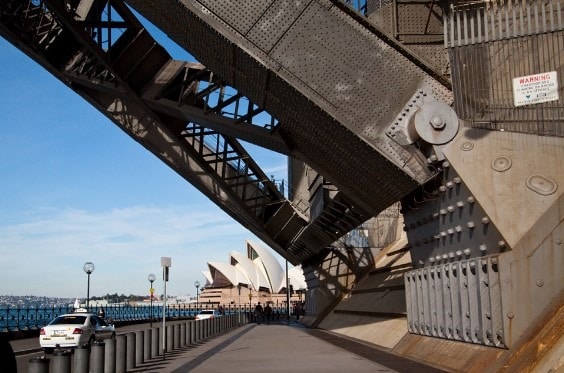
- ROLLER SUPPORT:
Roller supports only resists perpendicular forces and they cannot resist parallel or horizontal forces and moment. It means, the roller support will move freely along the surface without resisting horizontal force.
Only vertical motion is restricted that why it have only one reaction.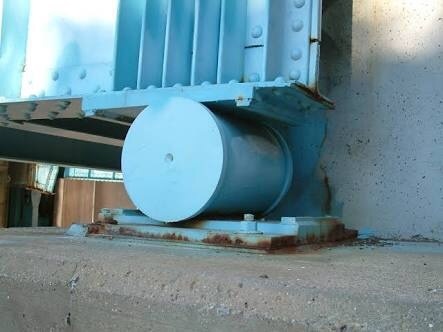
- SIMPLE SUPPORT:
Simple support is just a support on which structural member rests. They cannot resists lateral movement and moment like roller supports. They only resist vertical movement of support with the help of gravity. The horizontal or lateral movement allowed is up to a limited extent and after that the structure loses its support.
Only vertical motion is restricted that why it have only one reaction at each end.
- BUILT IN SUPPORT:
Built in supports are also called as Fixed beams or Rigid supports. Fixed supports are restrained against both rotation and translation so they can resist any type of force or moment.  All the three motions are restricted that why it have 3 reactions.
All the three motions are restricted that why it have 3 reactions.
REACTIONS AT SUPPORTS FOR BEAM:
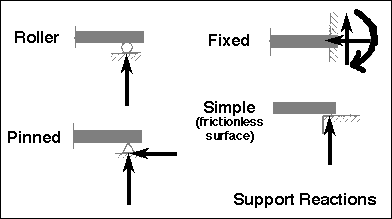
RELATED VIDEOS:
